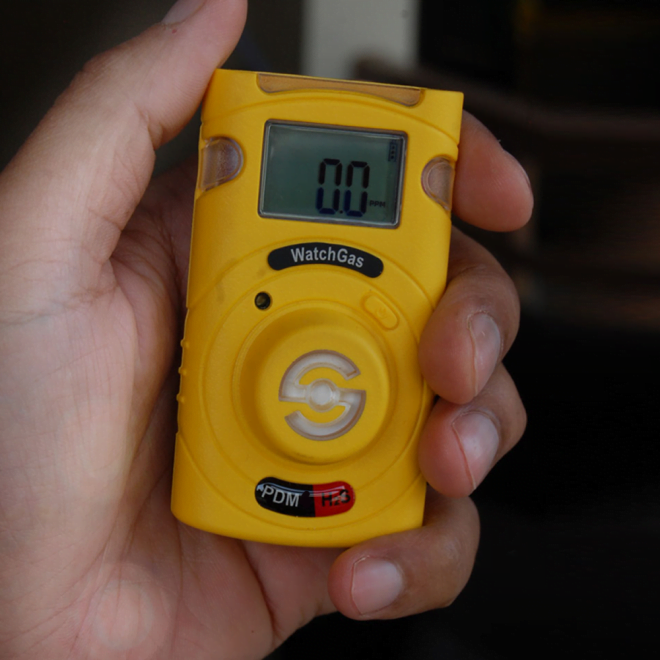Monitoring hydrogen sulfide (H2S) levels is crucial for assembly publicity requirements and ensuring the well being and security of workers. Exposure requirements are set by regulatory our bodies to ascertain permissible limits of exposure to numerous substances, including H2S. Here are steps and concerns for monitoring H2S to satisfy new exposure requirements:
Understand Regulatory Standards:
Familiarize yourself with the precise exposure standards set by relevant occupational well being and safety regulatory businesses. h2s gas monitor define the utmost allowable focus of H2S within the workplace over a specified time period.
Conduct a Workplace Risk Assessment:
Perform a complete danger assessment to identify areas within the workplace the place H2S publicity may occur. This contains considering specific job duties, processes, and areas where H2S is prone to be current.
Select Appropriate Monitoring Equipment:
Choose H2S gasoline detectors or displays which are appropriate for the office circumstances and meet regulatory requirements. Consider components corresponding to detection range, response time, accuracy, and whether or not the monitors are transportable or mounted.
Calibrate and Maintain Equipment:
Regularly calibrate gas monitoring tools to ensure accuracy. Establish a maintenance schedule to verify and calibrate the sensors, substitute batteries, and address any points promptly. Proper maintenance ensures the reliability of the monitoring equipment.
Implement a Monitoring Plan:
Develop a comprehensive monitoring plan that outlines when and where H2S monitoring will occur. This could embody routine monitoring, continuous monitoring in specific work areas, and monitoring throughout particular tasks or processes.
Establish Action Levels:
Set motion levels based on exposure requirements. Action ranges set off particular responses, corresponding to implementing management measures, increasing air flow, or requiring staff to use extra personal protecting tools.
Provide Training and Awareness:
Ensure that workers are adequately trained on the significance of H2S monitoring, the use of monitoring equipment, and the actions to take in response to alarm alerts. Create awareness about the potential hazards of H2S publicity and the significance of meeting exposure requirements.
Document and Record Results:

Keep detailed records of monitoring results, including time, location, and concentration levels of H2S. This documentation is crucial for regulatory compliance and can even help in figuring out trends or areas that will require additional management measures.
Review and Update Procedures:
Regularly evaluation and update monitoring procedures based mostly on changes in office circumstances, processes, or regulations. Stay knowledgeable about any updates to publicity standards and modify monitoring practices accordingly.
Collaborate with Occupational Health Professionals:
Work closely with occupational well being professionals to interpret monitoring outcomes and assess their implications for employee well being. Seek their steering in creating and refining control measures to minimize H2S exposure.
By following these steps and maintaining a proactive method to H2S monitoring, organizations can effectively meet new publicity standards, defend the well being of employees, and create a safer workplace surroundings..
